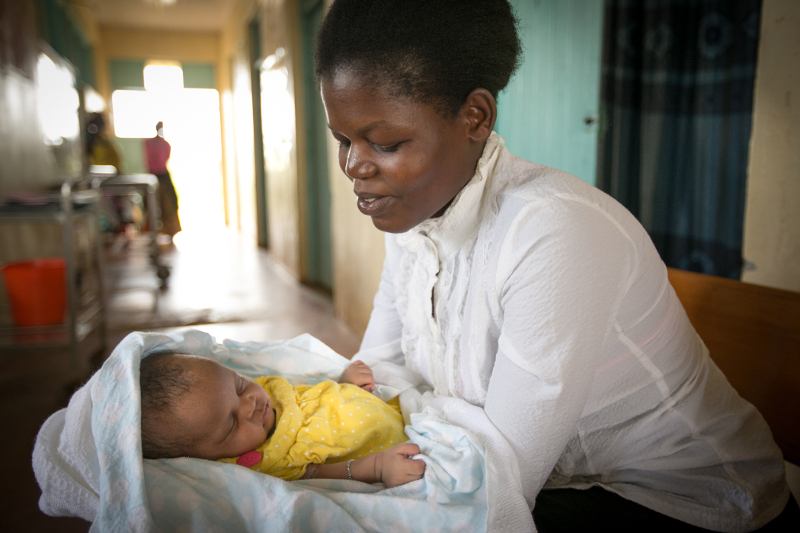Mission Vision & Values
GAPPS' Mission is to Improve Birth Outcomes Worldwide
Preterm birth is the leading cause of newborn deaths worldwide. An estimated 15 million babies are born too early each year, and more than one million do not survive beyond their first month of life. Babies born before 37 completed weeks of pregnancy have increased risks for serious infections, cerebral palsy, and respiratory, vision, hearing and developmental problems.
The causes of prematurity are often not known. Even in high-income countries, in two-thirds of premature deliveries the cause is unknown.
A staggering 2.6 million stillbirths occur each year. Almost all of them take place in low- or middleincome countries and half occur just minutes or hours before birth. In low-income settings, many common factors place both mother and infant at risk of death around the time of delivery. Preventing stillbirth has not received sufficient global focus. GAPPS began the effort to elevate awareness of stillbirth as a global health issue in 2011 as part of a Lancet series on stillbirth. We must build on this foundation.

In low-resource settings, lack of access to emergency obstetric care, untreated maternal infections and other maternal health issues can result in stillbirth and ongoing maternal health issues, including obstetric fistulas and maternal death. Improving maternal health and care will prevent many stillbirths.
GAPPS is leading a collaborative, global effort to increase awareness and accelerate innovative research and interventions to improve maternal, newborn and child health outcomes around the world.
Our Vision
Preterm birth and stillbirth are complex local and global health problems that require an interdisciplinary research approach and an international commitment. Collaboration drives our work. We bring people from different fields together to generate innovative approaches to understanding pregnancy, preterm birth and stillbirth. We advocate for evidence driven treatment, but know that ultimately, prevention is key.
Only by preventing preterm birth and stillbirth can we make significant progress toward having every birth be a healthy birth. This requires research, investment and global collaboration.
Our Key Objectives
Accelerate evidence into action
Advance preterm birth research
Advance stillbirth as a global health agenda
Our Core Values
- We believe that preterm birth and stillbirth are complex issues that require research from a variety of disciplines and support from a variety of sources.
- We believe that collaboration is the key to success.
- We believe that scientific rigor will bring knowledge that can be translated into evidence-based interventions to reduce preterm birth and stillbirth.
- We believe in equity—improving pregnancy outcomes and newborn health is important for everyone and for all communities.
